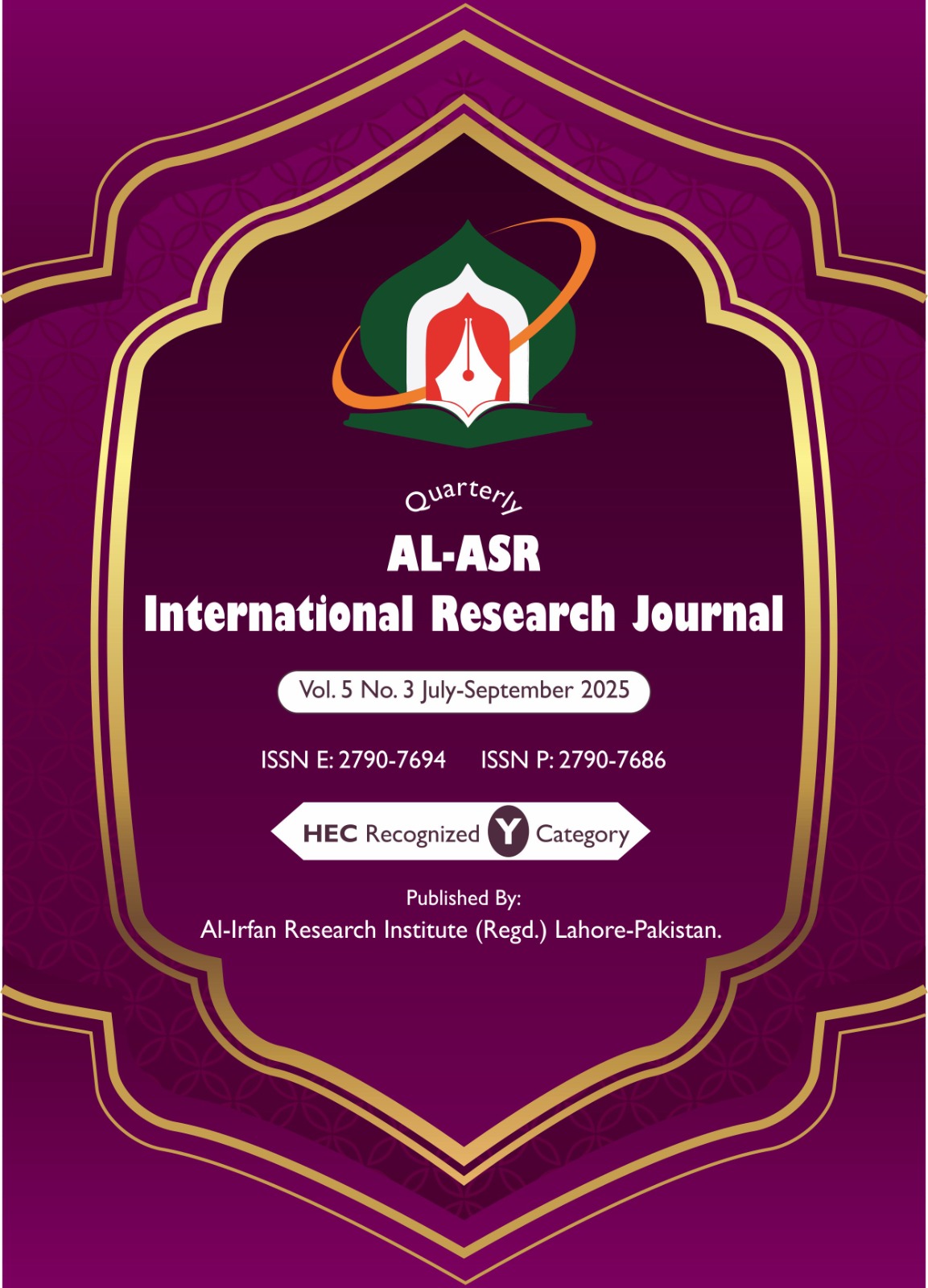The Promise of Beauty in the Qur’an: The Youth (Al-Ghilmān) and the Maidens (Al-Ḥūr) Amid the Secret of Intimacy and the Subtleties of Divine Grace
وعدُ الجمال في القرآن: الغلام والحور بين سرّ الأُنس ولطائف الإكرام
Abstract
Within the vast realms of Qur’anic beauty, where symbolism meets rhetoric, and eschatological promise radiates through the light of spiritual purification (tazkiyah), Paradise emerges not as a sensual landscape but as a spiritual manifestation of divine justice and mercy. In this framework, the appearance of al-Ḥūr and al-Ghilmān is not a gendered sensual detail, but rather aesthetic symbols viewed through Ṣūfī hermeneutics, interpreted by the lens of faithful taste (dhawq), where reward reflects stations of the soul, not sexual binaries. This study arises from the tension between reductive physical interpretations of Paradise and mystical readings that elevate these images as manifestations of the Divine (al-Ḥaqq) clothed in light and intimacy. Thus, this research reinterprets these symbols through a rhetorical–Ṣūfī approach, analyzing Qur’anic verses, and comparing classical tafsīr (Ṭabarī, Rāzī, Qurṭubī, Ibn ʿĀshūr) with Ṣūfī insights (Ibn ʿArabī, al-Qushayrī, al-Jīlī, al-Rāghib). The study aims to Deconstruct the aesthetic symbolism of al-Ḥūr and al-Ghilmān in eschatological Qur’anic discourse. Highlight the balanced nature of divine reward between men and women. Link the lexicon of Paradise with faithful conduct and inner spiritual ascent.
Keywords: al-Ḥūr, al-Ghilmān, eschatological beauty, Qur’anic rhetoric, symbolism, Ṣūfī exegesis, spiritual discourse, tazkiyah, intimacy (uns), Divine Reality (al-Ḥaqq)









